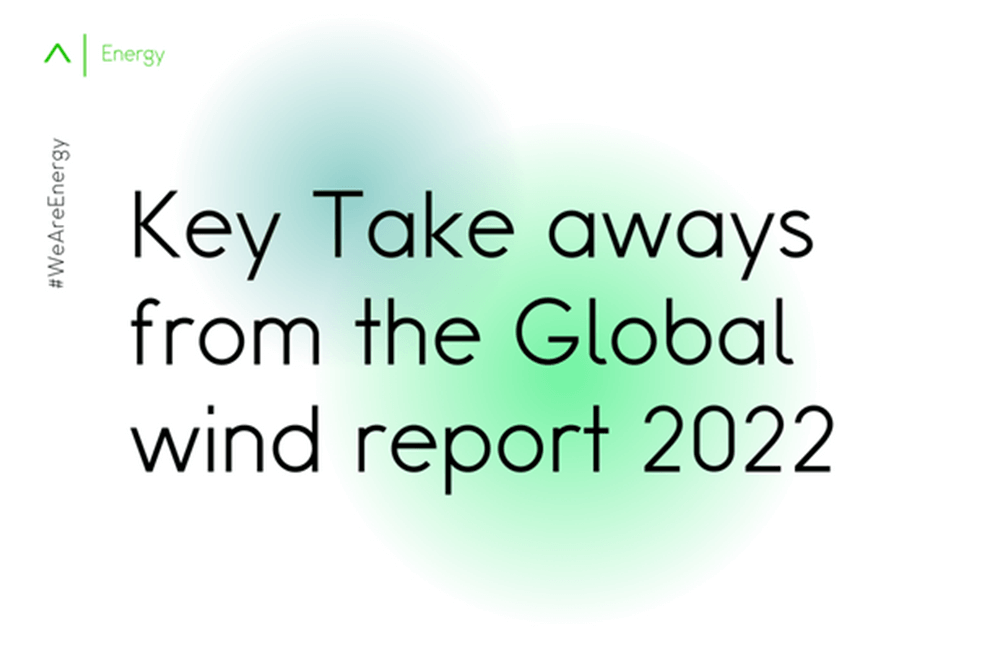Key Take aways from the Global wind report 2022
07 Apr, 202210 minsThis week the annual Global Wind Report for 2022 was published by the Global Wind Energy Cou...

This week the annual Global Wind Report for 2022 was published by the Global Wind Energy Council (GWEC). It confirms that wind power saw its second-best year for growth in 2021. With 90GW of capacity added across the globe, the industry displayed much resilience throughout the COVID-19 pandemic.
Yet, if we are to keep the 1.5 degree temperature goal – set by the Paris Agreement – alive, then growth rates will need to quadruple by 2030.
That is, if the growth does not increase fourfold over the next decade, then we will fail to deliver our Earth zero emissions by 2050, and fail to keep the universal temperature increases below 1.5 degrees.
GWEC CEO, Ben Backwell states that although the “industry continues to step up and deliver,” to scale up growth “to the level required to reach next zero and achieve energy security will require a new, more proactive approach to policy making around the world.”
The world’s two largest markets, China and the US, failed to install more new onshore wind capacity throughout 2021, than it was capable of in the year prior, with 30.7GW and 12.7GW respectively added. However, Europe, South America, Africa and the Middle East all succeeded in increasing new onshore wind installations by 19%, 23%, and 120%.
Turning our attention to offshore wind, on the other hand, the market enjoyed its best-ever year. There was a huge surge in offshore installations in China, accounting for 80% of market growth. This now means that China surpasses the UK as the world’s largest offshore wind market.
The report further unveiled that despite rapid expansion in the industry, the sector continues to face considerable barriers to growth. The GWEC reiterated that permitting processes and planning rules are hampering development in many markets, urging governments to tackle issues such as planning barriers and grid connection challenges. Solving these issues could unlock economic growth as well as create millions of green jobs.
Finally, the report theorized that the current exposure of economies and consumers to extreme fossil fuel price volatility is a result of “a hesitant and disorderly energy transition.” Surely, in the light of the current Russo-Ukrainian War, the world must be even more motivated to speed up the transition to comply with decarbonisation targets.


